Sweet scents and garden delights
Today the rain is back. Happily for agriculture and all things thirsty in Nature, but alas for the white flowers in the garden, indeed they are more sensitive to rain than any other color.
It takes a plant – here a tree peony – a year to prepare it’s amazing bloom and a day of rain to tear everything down. But this won’t scare a white flower lover. Since Vita Sackville-West at Sissinghurst, many gardeners enjoy their presence, sometimes all the way to a monochromatic absolutism, forbidding any other than a white blossom in their garden design.
To their advantage, white flowers often come with a scented dimension, many are used in perfumes, like magnolia grandiflora, Lily of the valley, gardenia, tuberose, jasmine, osmathus, orange blossoms and so many more… Not the least of their qualities is their striking impact on our retinas in the composition of the garden. In daylight they surpass any other color by their bright purity, and what a delight when their pale glow beams like distant stars once the night has absorbed all the greens into darkness.
White on white, how do you make the magic happen?
To a painter a white flower is a fascinating riddle, indeed how do you paint white on white without paraphrasing Kazimir Malevitch and his Suprematist composition?
In watercolor, the challenge will be to find the right shade tones to make the flower burst from the blank page. In order to reveal the petals you will have to translate the values of light with a dash of color, but beware of the mix! The trick is to find a transparent and harmonious grey with a hint of what will eventually match the leaves: neither too strong nor too opaque, or the painting will look dirty and the flower’s radiant mystery will be gone. Welcome to the reign of ultimate subtlety!
In other painting techniques such as tempera or gouache, or oil and acrylics, unless used to break the color and make it lighter, white will come only in the very end, for specific highlights. Sign of the master’s virtuosity, they shine like a pearl in the eye of a portrait, or spark like diamonds on shiny surfaces and as such, promote white as an essential player of the magic for both painters and their public.
From white pebbles to the moon and the Milky Way, so many layers of white
White is virtually the sum of all colors (Newton’s experiment showed that white light through a prism disperses the ray into a rainbow of colors), but it doesn’t go the other way around, if you try to mix your whole paintbox you will only get a very yucky grey!
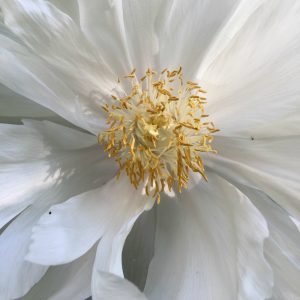 As a color, white reigns as highly symbolic on many levels. To weave his silk thread of words, before all things, a writer has to tame the fear of the white page. Little Thumbling drops white pebbles to find his way home, hoping they will be seen under the moonlight. No wonder I think of him, I also always enjoyed collecting images along with words and little things. My pockets are full of white stuff: I’ll pull out pêle-mêle: Snow-White, stardust of the Milky Way, egg whites, white rice, a tiny shell, a silk cocoon, and last but not least, a ticket for the White Nights in St Petersburg (where like in other nordic countries around the summer solstice, the sun simply won’t sink under the horizon).
As a color, white reigns as highly symbolic on many levels. To weave his silk thread of words, before all things, a writer has to tame the fear of the white page. Little Thumbling drops white pebbles to find his way home, hoping they will be seen under the moonlight. No wonder I think of him, I also always enjoyed collecting images along with words and little things. My pockets are full of white stuff: I’ll pull out pêle-mêle: Snow-White, stardust of the Milky Way, egg whites, white rice, a tiny shell, a silk cocoon, and last but not least, a ticket for the White Nights in St Petersburg (where like in other nordic countries around the summer solstice, the sun simply won’t sink under the horizon).
In some traditions women chose a white dress white when they marry. Medieval European queens wear white as sign of their mourning. A blank or hole in our memory is called a blanc in French. There also is a dessert called a blanc-manger, soft, sweet and as regressive as can be. White is the color of unicorns and lilies, both attributes of virginity. White stands for the space of nothingness and is the perfect screen to project all possible fantasies. Artists usually draw on white paper, made of white cotton, or nowadays whitened cellulose, and they traditionally would prepare their wood panels and canvasses with layers of white gesso so they would be ready to receive a new world of colors and forms, their own translation and interpretation of spirit and light into matter.
The silence of light before words and forms.
All this being said, the question of white remains as untouched as its fascinating purity. 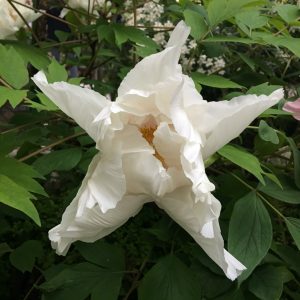 Artists, gardeners, painters, writers, musicians, philosophers, cooks, designers and creators of all sorts use it as a tool, an ingredient, a character, a support.
Artists, gardeners, painters, writers, musicians, philosophers, cooks, designers and creators of all sorts use it as a tool, an ingredient, a character, a support.
It’s evident simplicity remains forever as fascinating as inviting. This makes it the first and last color, altogether the most delicate and the strongest. It is the silence of light before words or forms. It might as well be the epitome of modernity, as Stanley Kubrick foresaw in his movie 2001, a Space Odyssey, where the omnipresence and potency of white becomes altogether a decor and an actor, enabling light as a sovereign mesure and the ultimate place where present and past merge to birth life in a bright cocoon.
White becomes a metaphor that questions the intimate yet luminous mystery of nothing less than our levels of consciousness face to face with eternity.

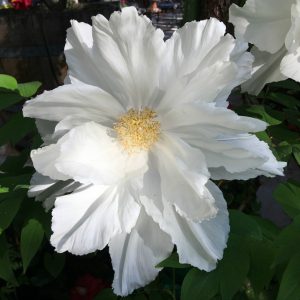


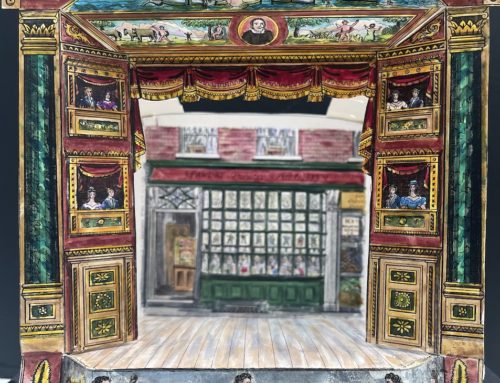
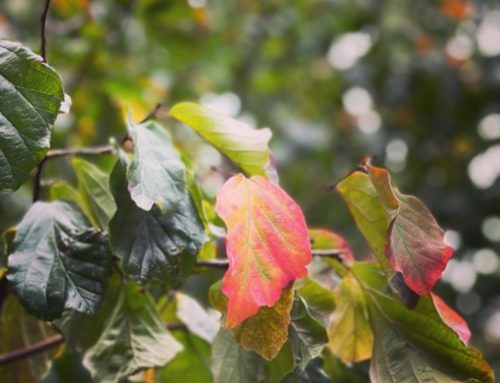

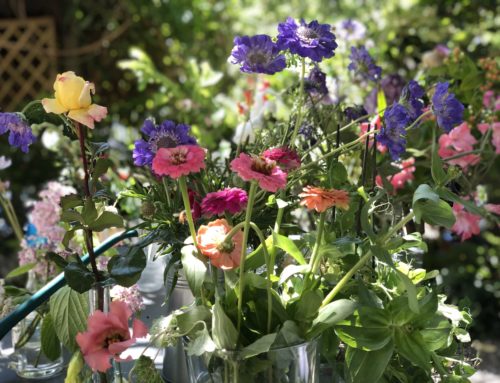
Leave A Comment